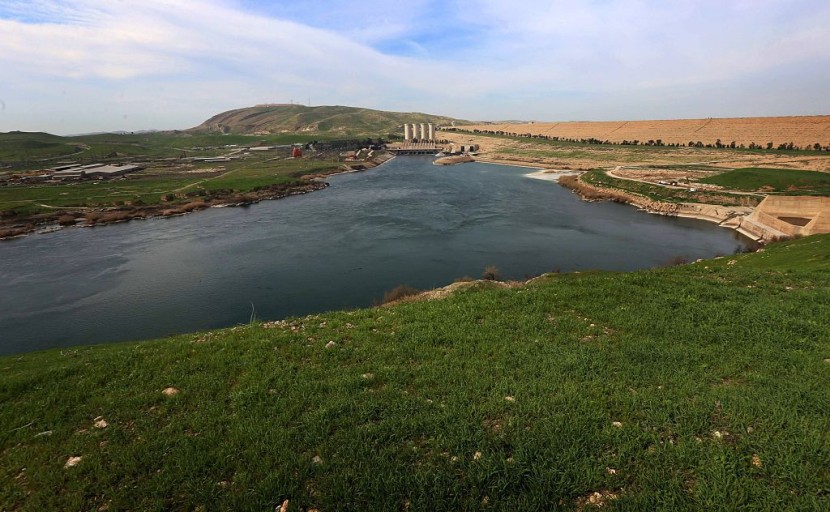
The discovery of a submerged city thought to be 3,400-years-old after a drought in Iraq has pulled backwaters revealing it.Climate change is beginning to cause environmental changes that reveal the ancient past unintentionally.
Time Reveals Secrets From the Past
There is no argument as ice melts and shows traces of civilizations long dead in the past. Iraq where drought has affected Mosul reservoir when water is taken for crops, reported Science Alert.
These ruins are again seen after being covered by water for four decades when the dam was built, and the ancient site was archaeologically studied and cataloged.
After rising, it will allow more study of the settlement called Kemune, cited Techno Blender.
The ruins include a palace and several other large structures dating to the region's Bronze Age.
Studies suggest the ruins are those of Zakhiku, a thriving center of the Mittani Empire, which prospered on the banks of the Tigris River between 1550 and 1350 BCE.
It is not the first time it has emerged from the waters like a resurrected Atlantis. The dam receded enough in 2018 to permit archaeologists to explore and record the remnants before the water level went up and covered them.
In December 2021, the ruins were visible again from the drought, and archaeologists were ready to seize the opportunity provided by the second brief window.
Studying the Ancient City's remains
Archaeologist Hasan Ahmed Qasim of the Kurdistan Archaeology Organization in Iraq, with colleagues Ivana Puljiz of the University of Freiburg and Peter Pfälzner of the University of Tübingen in Germany, undertook a mapping of the enigmatic city throughout January and February of this year after the drought in Iraq, noted EurekAlert.
The scientists found some intriguing structures in the submerged ancient city in addition to the palace discovered in 2018.
The Mittani Empire left behind a humongous fortress with a wall and towers, an industrial complex, with a massive multi-story storage building uncovered.
Puljiz remarked how the storage building was crucial because it stored lots of goods taken from all over in that era.
How the mud-brick wall was able to stay intact underwater for four decades is amazing, the city fell immediately around 1350 BCE (before the common era).
An earthquake struck the region during this period, tearing down buildings and having left a protective layer of rubble on the largely intact walls, protecting painted murals and the materials of the buildings.
After the earthquake, the city yielded a few ceramic jars that included over 100 unfired clay tablets written in cuneiform, made way back to the Middle Assyrian period.
There is speculation that the researchers could find information about the long-dead inhabitants, including what happened to them when the quake struck.
Pfälzner added that discovering the unfired clay cuneiform tablets that have survived so many decades underwater is a valuable source of information.
The dam is refilled, again sinking the city, though steps were taken to ensure it is preserved for future excavations whenever the water disappears.
Remnants are covered in plastic to avoid additional erosion and degradation while underwater.
Quasim adds that the site was a significant center in the Mittani Empire.
The submerged ancient city of Mittani, which is 3,400 years old and is seen because of Drought in Iraq, has been covered after the waters rolled back with steps taken to preserve it this time.
Related Article : Chinese Ancient Lion City Submerged in Man-made Lake in the '50s; Archaeologists Likened Ruins to Atlantis
© 2025 HNGN, All rights reserved. Do not reproduce without permission.








